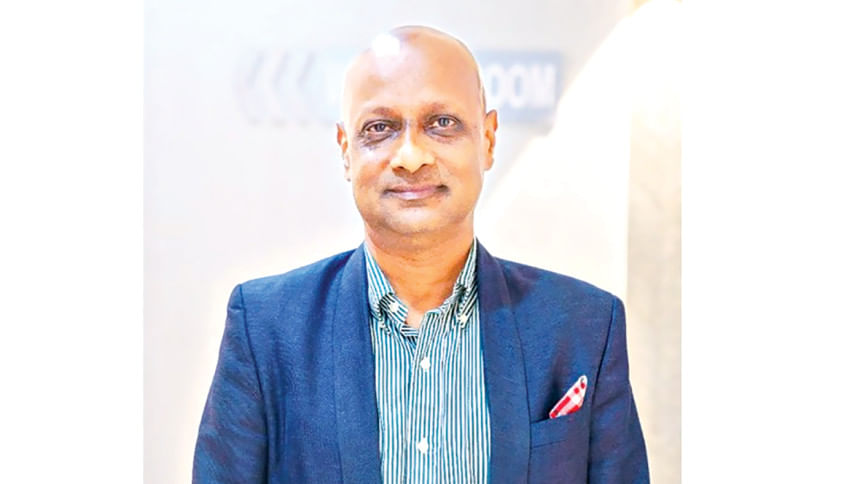A 90-day plan for citizen service integration

For years, citizens in Bangladesh have struggled with a fragmented and inefficient system for obtaining vital documents. Birth certificates, national ID (NID) cards, and passports exist as isolated "islands of information", each operating independently and often redundantly. This fragmented system has created a frustrating bureaucratic maze that wastes time and public resources while eroding citizen trust. Having worked in the ID field for 35 years, both locally and internationally, I have seen how this lack of integration causes duplication, delays, and disillusionment.
Yet, integration is not an impossible dream. With focus, political will, and a well-structured plan, it is entirely achievable within 90 days. The challenge is not primarily technological; it lies in coordination, governance, and legal preparedness. By acting decisively, Bangladesh can build a modern, citizen-centric identity ecosystem that serves people efficiently and transparently.
The first 30 days should focus on establishing a strong governance foundation. This phase is crucial because technology without governance leads to confusion, not progress. The government has already recognised the need for integration, but a dedicated, high-level taskforce must now take the lead. This taskforce should include representatives from key ministries such as Home Affairs, the Election Commission, Finance, and the ICT Division. Its primary responsibility would be to design a comprehensive legal and regulatory framework that allows safe and lawful data sharing among agencies.
A Personal Data Protection Act should be drafted during this phase, along with detailed data-sharing policies. These policies must clearly identify which agencies are authorised to access or exchange specific information, under what conditions, and for what purposes. Equally important is the standardisation of data formats. A universal schema for critical fields such as name spelling, parentage, and date of birth must be adopted to prevent mismatches that currently plague these systems. When citizens know their personal data is being handled under a clear and transparent legal structure, confidence in the system will grow.
The next 30 days should be dedicated to building the technical architecture. The goal is not to merge or replace existing databases but to link them intelligently through a secure and flexible middleware layer, often referred to as a National Connectivity Bus or API system. This architecture would allow real-time data exchange without physically moving the data, ensuring both efficiency and security. The NID number would serve as the unique identifier for every eligible citizen, while the birth registration number (BRN) would remain the foundational identifier for children and those not yet eligible for NID.
A central registry would securely map the BRN to NID and passport numbers, ensuring data accuracy and protecting integrity through read-only access for government agencies. Tokenisation and encryption should form the core of this architecture, guaranteeing data security while allowing scalability for future e-government services. The final 30 days should be dedicated to testing, deployment, and public engagement. A carefully chosen pilot programme, perhaps in one district, would demonstrate the system's benefits. Citizens in that area could apply for or renew passports using only their NID numbers. The system would automatically verify birth registration details, eliminating the need for manual submission of multiple documents.
Success in the pilot phase should be measured by clear indicators such as shorter processing times, fewer errors, and higher user satisfaction. Alongside the technical work, a nationwide public awareness campaign must explain the new process and reassure citizens about data security. Equally important is training thousands of government officials so they can confidently and accurately operate the new system. A well-trained workforce will be key to ensuring the change is smooth, sustainable, and genuinely beneficial.
This 90-day roadmap is ambitious but realistic. By combining a sound legal framework with strong technical design and citizen-focused implementation, Bangladesh can finally bridge its islands of information. The result would be a seamless, trusted, and efficient identity system that reflects a government ready to serve its citizens in the digital age. The time to act is now.
The writer is the president of DataSoft Systems Bangladesh Limited

 For all latest news, follow The Daily Star's Google News channel.
For all latest news, follow The Daily Star's Google News channel. 



Comments